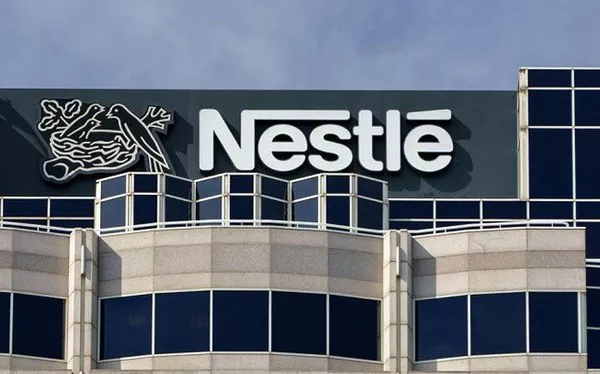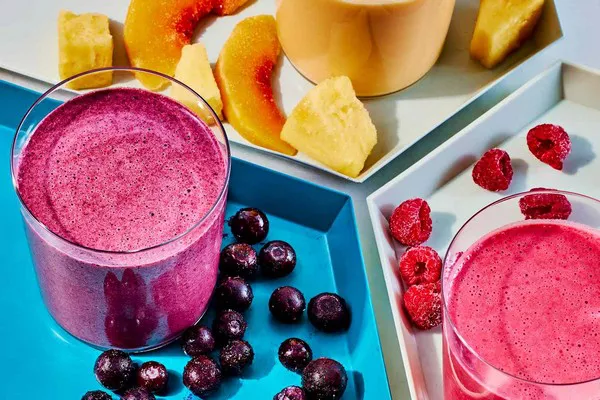Nestlé, the world’s largest food company, has embraced the impact of GLP-1 agonist drugs like Ozempic with strategic initiatives aimed at catering to this growing consumer segment. The rise of GLP-1 medications, known for their weight loss benefits, has reshaped consumer habits, leading to reduced spending on traditional food items such as restaurant meals and supermarket purchases.
With over 30 million Americans having tried these drugs and global expansion, including recent regulatory approvals in China, the demand for weight loss solutions is set to increase further. This trend has not only disrupted consumer behaviors but has also prompted significant responses from food industry giants like Nestlé.
Last month, Nestlé unveiled its Vital Pursuit brand, designed specifically for GLP-1 users. Scheduled for release this year, the Vital Pursuit line features a variety of products such as whole-grain bowls, protein pastas, sandwich melts, and pizzas, all priced at $4.99. These offerings aim to address the nutritional needs of consumers using GLP-1 medications, which can be costly despite discounts and insurance coverage.
Steve Presley, CEO of Nestlé North America, highlighted the company’s commitment to leveraging nutritional science and consumer insights to innovate across its portfolio. The Vital Pursuit range emphasizes high protein content, fiber-rich ingredients, and essential nutrients, tailored to support appetite management and weight loss efforts.
In addition to product innovation, Nestlé’s Health Science unit launched GLP-1Nutrition, a dedicated website offering nutritional guidance and a range of health products. This platform includes expert advice, community forums, and personalized dietary support through programs like Nutrition Coach. It aims to complement consumers’ weight loss journeys with products from Nestlé’s subsidiary brands, catering to various health needs beyond weight management.
While Nestlé leads the charge in adapting to the GLP-1 trend, other companies in the food industry, such as Daily Harvest and Herbalife, are also exploring opportunities in this space. From meal kits to nutritional supplements, these companies are adapting their offerings to cater to the nutritional needs of consumers using GLP-1 medications.
As the market for GLP-1 agonist drugs continues to expand, with projections suggesting significant growth, food companies are increasingly integrating these trends into their strategies. Whether it’s enhancing existing products or introducing new lines, the race to capture a share of this evolving market signals a dynamic shift in how Big Food intersects with healthcare trends.
Related Topics:
























